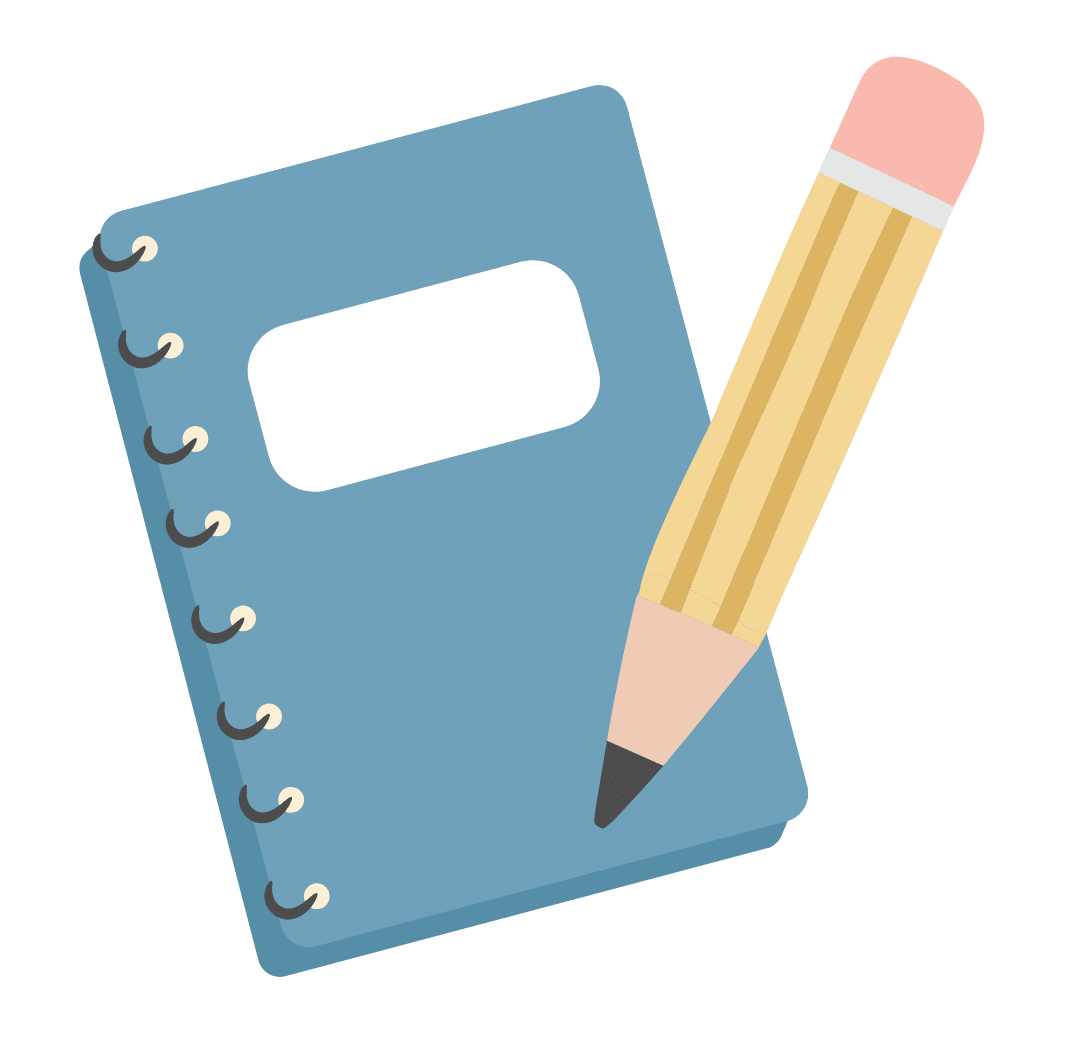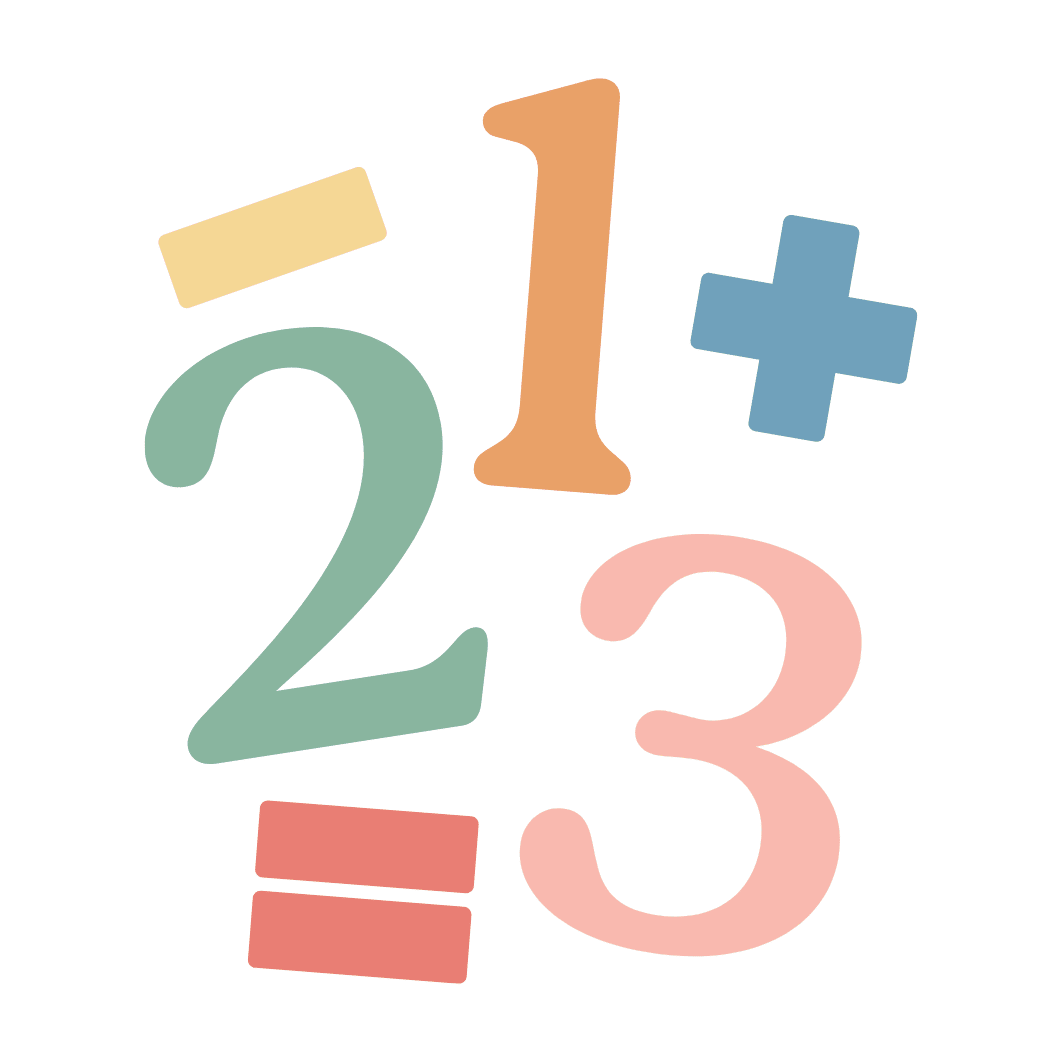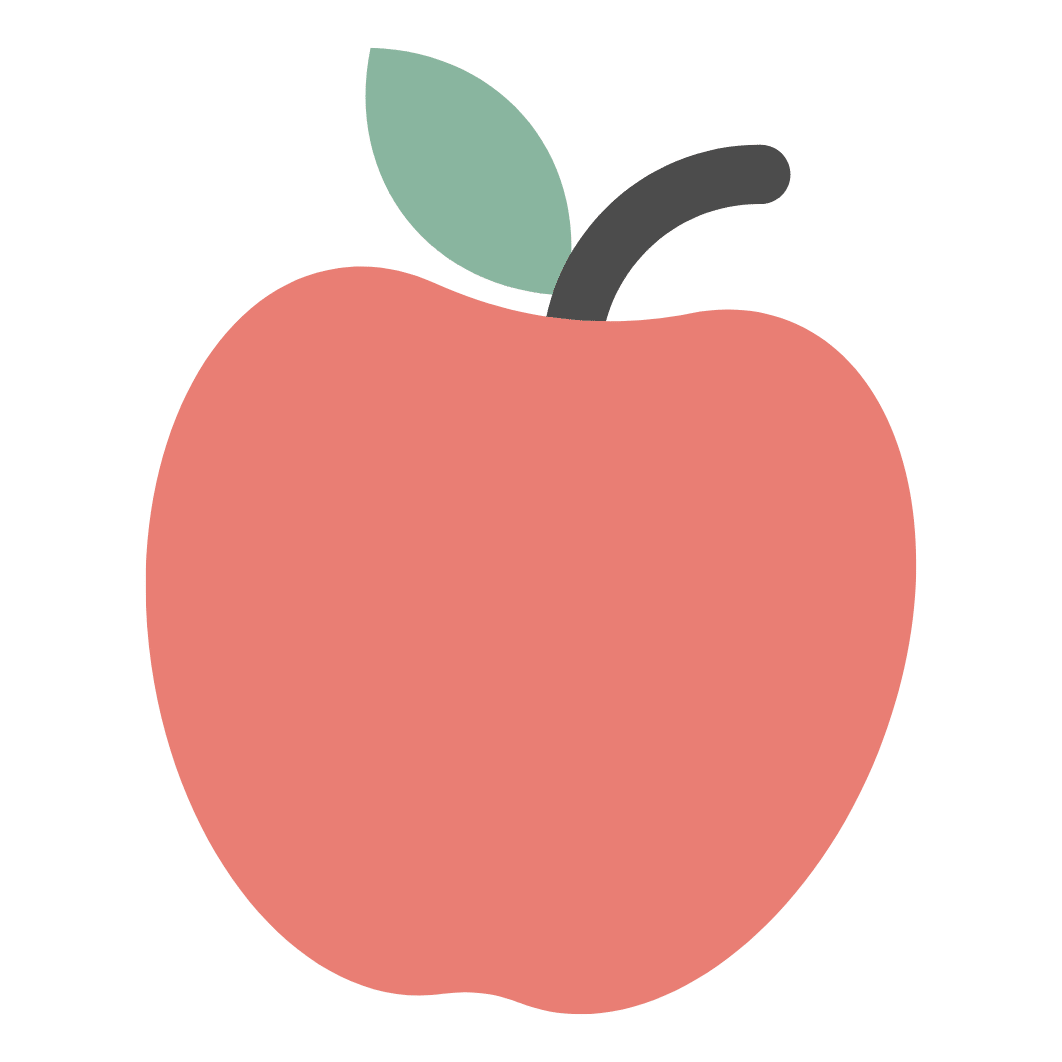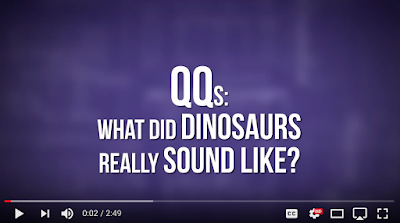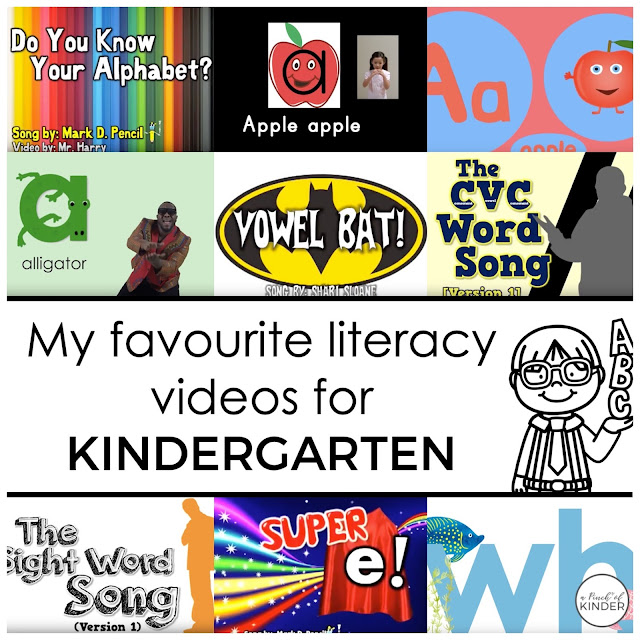Inquiry: Dinosaurs
share this:
Hi friends!
Today I want to share with you our dinosaur inquiry from the past few months!
We originally had some dinosaur wonders on our February wonder chart, so we went back to those questions and I also invited students share more questions they had about dinosaurs.
Here is what they came up with initially:
Why did the dinosaurs go extinct?
How did dinosaurs go extinct?
Is it true that the dinosaurs died because it go too cold?
Back then, were the dinosaurs real or was it just a story?
What do dinosaurs eat?
Where did dinosaurs live?
Did dinosaurs live in caves?
Why do dinosaurs have tails?
Why did dinosaurs run?
What did dinosaurs sound like?
Why did dinosaurs make loud noises?
They weren’t brainstormed in that order, but I grouped them like that so we could look at questions that were similar consecutively.
For our lessons, we first started by reading the book “What are dinosaurs?” by Bobbie Kalman.
In this book we learned that dinosaurs were real but lived long ago and that no dinosaurs are alive today. After we learned this information, I had the girl who originally asked the question “Back then, were the dinosaurs real or was it just a story?” come to the teacher table during centre time and record the sentence “Dinosaurs were real but they lived long ago. There are no dinosaurs alive today.”
It’s hard to see but it’s the writing at the bottom left corner on the bulletin board!
Here are two centres I put out early on in our dinosaur inquiry. First, I bought this egg at Dollarama and posed the question “What do you think will hatch out of the egg?” and had students observe and write their predictions. They loved looking for changes, especially after seeing a few cracks develop!
After it hatched (it was a triceratops inside) we talked about how all dinosaurs hatch from eggs.
Another centre we set out early on was this dinosaur provocation. This centre lets the students freely explore different dinosaur items and also record their observations and questions about dinosaurs.
I bought the dinosaurs from Michaels. You can get the tracing/matching cards you see in the picture for FREE by clicking here on the image below:
The next day, we continued to read the book “What are dinosaurs?” by Bobbie Kalman learned that dinosaurs eat plants and meat. We learned the words carnivore and herbivore.
After the lesson we prepped for our next lesson by making the titles “What do dinosaurs eat?”, “plants” and “meat”. Then I made 2 eggs and printed the herbivore and carnivore signs. I also printed the herbivore and carnivores that were in “What are dinosaurs?” and “First Facts: Dinosaurs” by DK Publishing (that I planned to read the next day).
The next day, we put the chart pieces up on the whiteboard and read the pages about what dinosaurs eat in “First Facts: Dinosaurs” by DK Publishing. As we read the book, we sorted the dinosaur cards on to the correct egg. We also went back to the “What are dinosaurs?” book and re-read the pages that had information on herbivores and carnivores ands sorted the corresponding dinosaurs on those pages as well on to the egg.
Here is the finished chart:
(this activity and the map activity below was inspired by @playexplorelearn on Instagram!)
The next morning, I set out this invitation to sort dinosaurs based on what they eat. I left out the two books we read to make our chart the previous day as a resource and our completed chart was also on the bulletin board for them to reference!
Next, we looked at the question “Why and how did dinosaurs go extinct?” First, we watched the video “Where did the dinosaurs go?” by Pink Fong on YouTube.
We watched the video twice and then the students recalled the steps to me about how the dinosaurs went extinct. I wrote each step on a different whiteboard.
Then at centre time, students volunteered to record the steps and draw a corresponding picture (if they wanted to) so that we could display the steps on our bulletin board.
Next we explored the question “Where did dinosaurs live?” We read pages from “Dino Encyclopedia” (I can’t remember the author, sorry!) and “You Can Be a Palentologist!” by Scott D. Sampson to learn that dinosaurs only lived on land (those other creatures that flew or lived in the water were flying reptiles or ocean reptiles that lived at the same time as dinosaurs! Who knew!) but they lived on every continent.
I drew up a big map on poster paper and told them that we will be painting it together and then adding dinosaur stickers to show our new learning.
First, students were invited to show their new learning about the world map by painting one. If they were able to paint the map correctly (green for land, blue for ocean) then they were invited to come and paint on the large collaborative map. We projected a large world map on the projector so that students could use that as a reference when painting.
Here is some of my girls adding to our collaborative map!
After we painted the map, we also made labels for the continents, the title and the writing piece to show our new learning.
The next day, we glued the continent labels as a class and also added the dinosaur stickers whole group.
And here is the completed map and corresponding title/writing:
I got the stickers we used for the collaborative map at Michaels.
The next day, I also let the students add mini dinosaur stickers to their original maps! I bought the mini stickers at Walmart.
I started with a limit of 10 but I realized not everyone made a map so increased the limit to 15.
These tiny stickers are great for fine motor development!
Here is a sample of a finished map!
I had some requests to share the printable for this activity so you can click here or on the image below to download it for free!
Next we investigated the question “What did dinosaurs sounds like?” We watched these two videos:
and we learned that scientists think dinosaurs did not roar like they do in movies like Jurassic Park. Instead they think they made a hissing noise.
Then the girl who originally asked the question came to the teacher table at centre time and wrote her new learning to display on our bulletin board. It’s hard to see but it’s the top right writing piece in the picture below:
Another centre I put out was this story making centre! Students were invited to make a dinosaur story with play dough and loose parts and use ChatterPix to record it. They LOVED this activity!
On the last day, I wrote some of the remaining questions on chart paper (Did dinosaurs live in caves? Why do dinosaurs have tails? Why do dinosaurs run?) and we used google and our own inferencing to come up with the answers. I don’t have a picture of this… sorry!
To consolidate our learning, we also made these non-fiction dinosaur books!
This was a great guided group for my higher writers.
First we made our cover page and talked about titles, authors and illustrators.
Then we learned about table of contents and how it helps us find information in a non-fiction book.
We wrote our learning on each page, added a title and went back and added each new topic to our table of contents.
It took about a week to complete but it was worth the time! Next time I think I’ll start with less pages in the book though, especially for our first book!
Here are some other books in case you are interested in looking!
They used our bulletin boards as a reference when thinking of facts to include in their books which made our bulletin board more interactive than usual which I loved!
If you are looking for these non-fiction book making printables, you can find them in my “Inquiry Writing Templates for Kindergarten” pack on TPT. You can click here or on the image below to see what else is included!
Here is the finished bulletin board again:
We had some amazing questions come up during our dinosaur inquiry (see below). We recorded them but the kids were losing steam with this inquiry and our caterpillars arrived so we switched gears without exploring these questions. I just wanted to share that because it’s ok to not explore every question! Don’t beat yourself up if you can’t find the time! We can only do what we have time for 🙂
That’s it for our dinosaur inquiry! I hope this post gave you some ideas if your students have similar wonderings or are interested in dinosaurs too!
– Yukari


